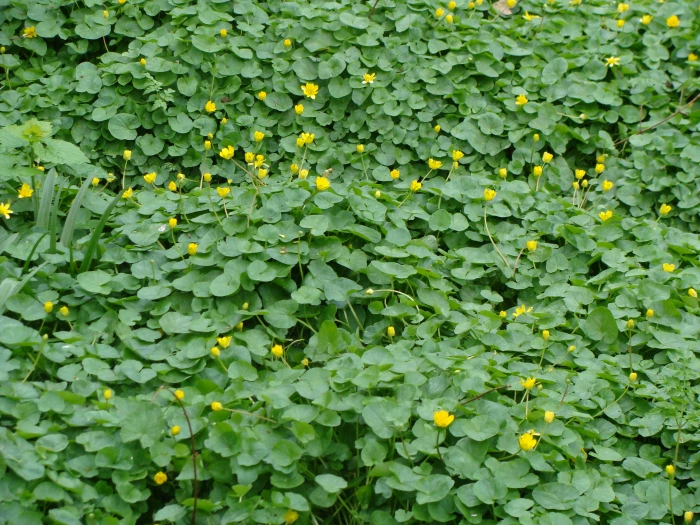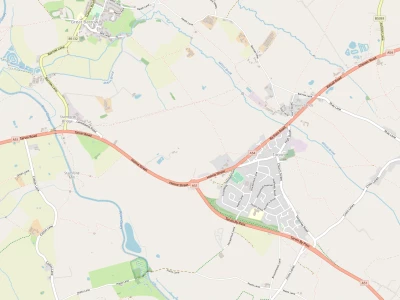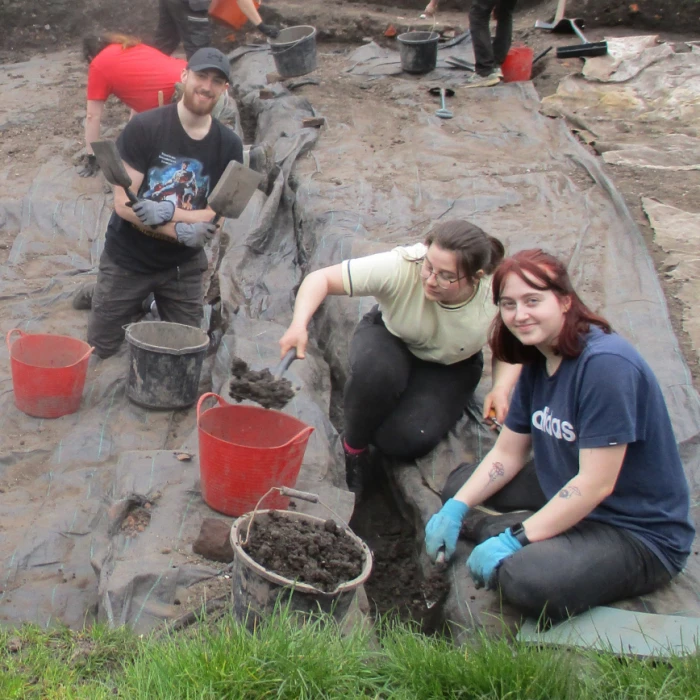


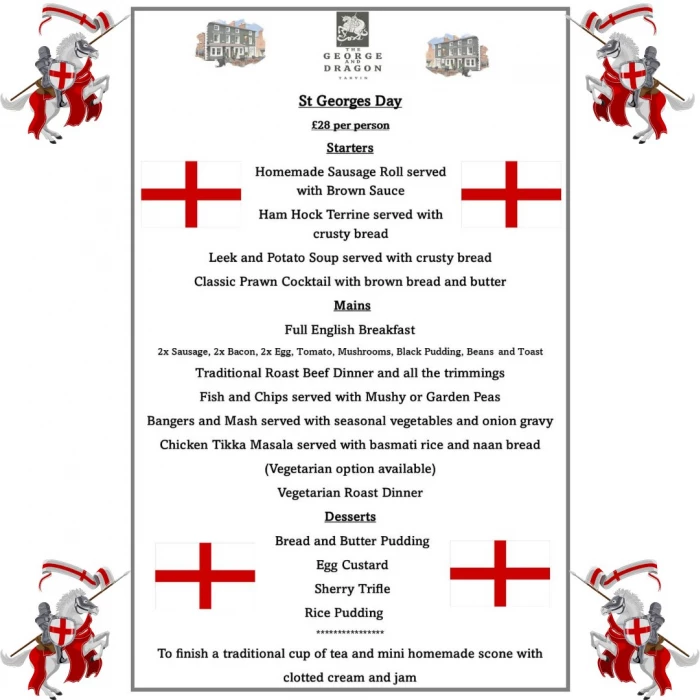
![TWT Plant Sale 2023 ba890fe3-5f67-4cbf-896e-5fdc0bdca5ee[374045]](https://l1.tm-web-01.co.uk/lib/bn8-Q752422.webp)
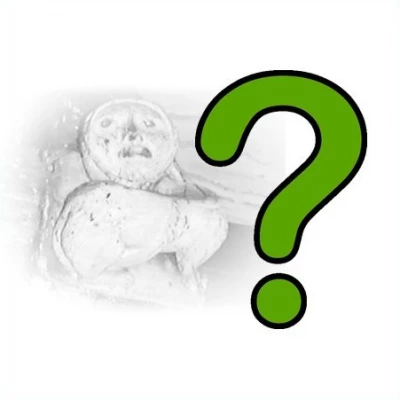
Lesser Celandine – (Ranunculus ficaria verna).
Many years ago, Jacqui & I were out for a walk with our very young family one sunny, spring Sunday afternoon. Walking along a lane, we came across a bank that was covered, as I thought, with golden yellow buttercups – the petals simply glowed with the sunlight on them and the whole scene was a beautiful picture. It was sometime later that I discovered that buttercups do not flower that early in the year and that my golden yellow beauties were actually celandines. I have loved celandines ever since.
However, we were not entirely wrong – celandines are members of the buttercup family (the Ranunculaceae), as are the wood anemones that have put on such a stunning show of white in the woodland this year. The flowers, too, are like golden yellow versions of the star-like wood anemone, with the brilliant sunshine-coloured flowers made more evident by being set low down amongst the heart-shaped, dark green leaves. And, like the wood anemone, the lesser celandine has flowers that open and close according to the daylight and the weather. The blossoms close up before rain, and, even in fine weather, do not open before nine o'clock in the morning. By 5 p.m., they will already be closing for the night! The Celtic name of the plant, Grian (meaning the sun), refers to this habit. The petals are green on the underside, and directly the flowers close, they become completely inconspicuous.
The fact that it flowers so early in the year gives the origin of the celandine's name – 'celandine' comes from the Greek word chelidon (meaning swallow) and both bird and flower are considered to be the harbingers of spring. Traditionally, celandine is said to bloom first on 21st February, making it one of the first woodland flowers of the year, and celandine flowers provide an important nectar source for queen bumblebees and other early pollinating insects as they emerge from hibernation. Gardeners often tolerate celandines in their flower beds because, after flowering, the plants will die down before the summer and then become 'invisible'. In this dormant state, the plants are also resistant to drought.
There are mentions of lesser celandines in literature. C. S. Lewis made reference to them in 'The Lion, the Witch and the Wardrobe', when Aslan returns and the woodland turns from winter to spring: "Edmund saw the ground covered in all directions with little yellow flowers – celandines". They were also the favourite flower of the poet William Wordsworth – perhaps surprisingly, since everyone knows of his daffodils, which he saw "when wander(ing) lonely as a cloud". However, he wrote only one poem about daffodils, but three about celandines. They were 'The Small Celandine', 'To the Same Flower' and 'To the Small Celandine'.
"There's a flower that shall be mine,
'Tis the little Celandine."
William Wordsworth, "To the Small Celandine"
Wordsworth loved the celandine flowers so much that, when he died in 1850, his grave in St. Oswald's churchyard in Grasmere had celandine blossoms carved upon it.
Ed: Thanks to Keith Barker for one of the photos
Quick Links
Get In Touch
TarvinOnline is powered by our active community.
Please send us your news and views.

